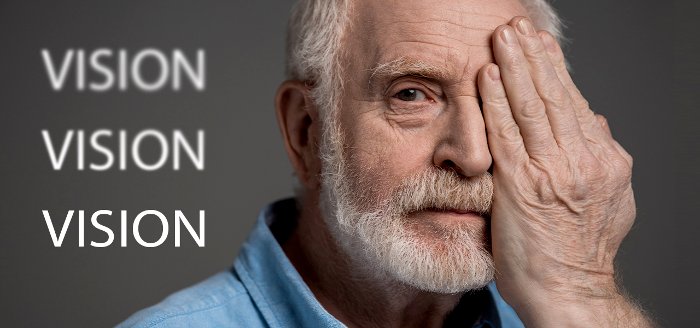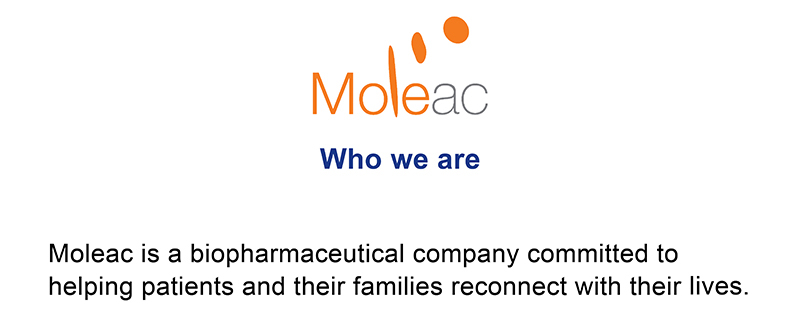

For many people, vision problems after a stroke often are a forgotten aspect of the recovery process.
These problems can then cause serious repercussions in all aspects of daily life whether it be driving, reading, exercising or even going out to the shops.
It is essential to visit an eye specialist as soon as possible after stroke. Visiting an ophthalmologist or an orthoptist can help understand these issues better.
Alongside this, you can also help recovering patients by performing some simple tricks and exercises at home to improve and manage someone’s vision. So just what can you do to help someone manage their vision after a stroke?


By far the best method of improving someone’s vision is to practice different eye training exercises. These exercises are designed to help the pupil focus on basic objects and get the brain used to processing depth perception and distances.
There are a range of different exercises you can try, some of the best examples include:
Moving around a clock
This simply involves the patient’s eye trying to move their eye to each area of the clock. You start by moving to the 12 before moving back to the center of the clock face. You then move on to 1 and then back to the center before repeating this for each segment.
Finger tracking
The finger tracking exercise – also known as “tromboning” – is an excellent method for judging distance. Simply move your finger slowly towards the patient’s eye line and then move it backward. This helps them judge near and far-sighted objects and slowly improve their depth perception.
These exercises are designed to help the patient’s eyes get back to processing their environment and get their brains used to judging and sorting out moving objects.


Aside from their vision, it is also a good idea to get the patient to learn how to manage their facial muscles to help them blink and control the sockets’ movement.
Eye blinking
The best way to do this is to start by slowly blinking several times in a minute. By slowly moving the eyelids up and down, it will give the patient better control over how they see things and let the brain process everything in regular intervals.
After short blinks and rest, try closing them for longer intervals and closing them further. This will help the body adjust further to managing their eye movements and when to rest their eyes.
Work with an eye care professional
At the end of the day, always liaise with an ophthalmologist or an orthoptist to define strategies that help a patient regain full control of their sight.
However, these exercises can go a long way to helping you improve your sight quicker at home and improve your eyesight as your recover.
Exercise your eyes to
improve your sight!
Follow us on social media!

Contact: [email protected]
This document does not constitute the practice of medical consultation nor medical advice.
Always seek the advice of your treating physician and/or specialist.
All Rights Reserved by Moleac Pte Ltd, Helios #09-08, 11 Biopolis Way, Singapore 138667


